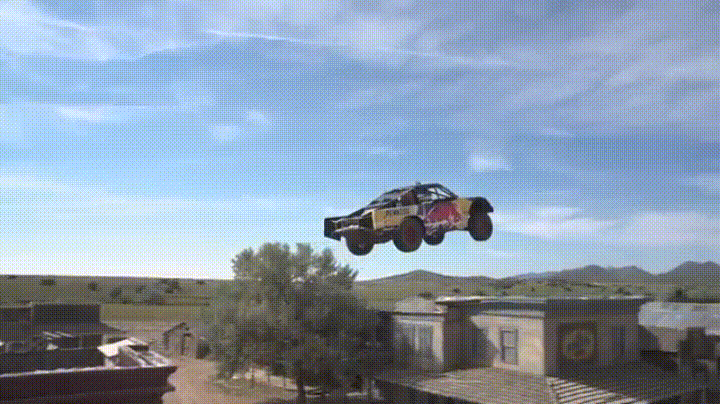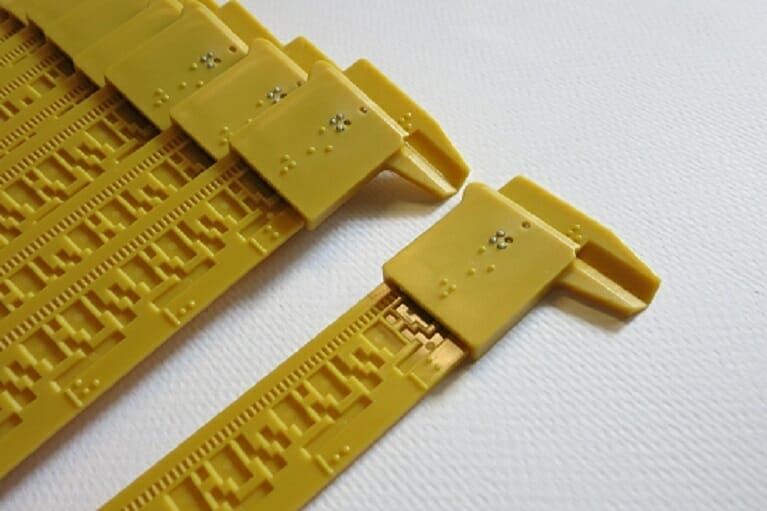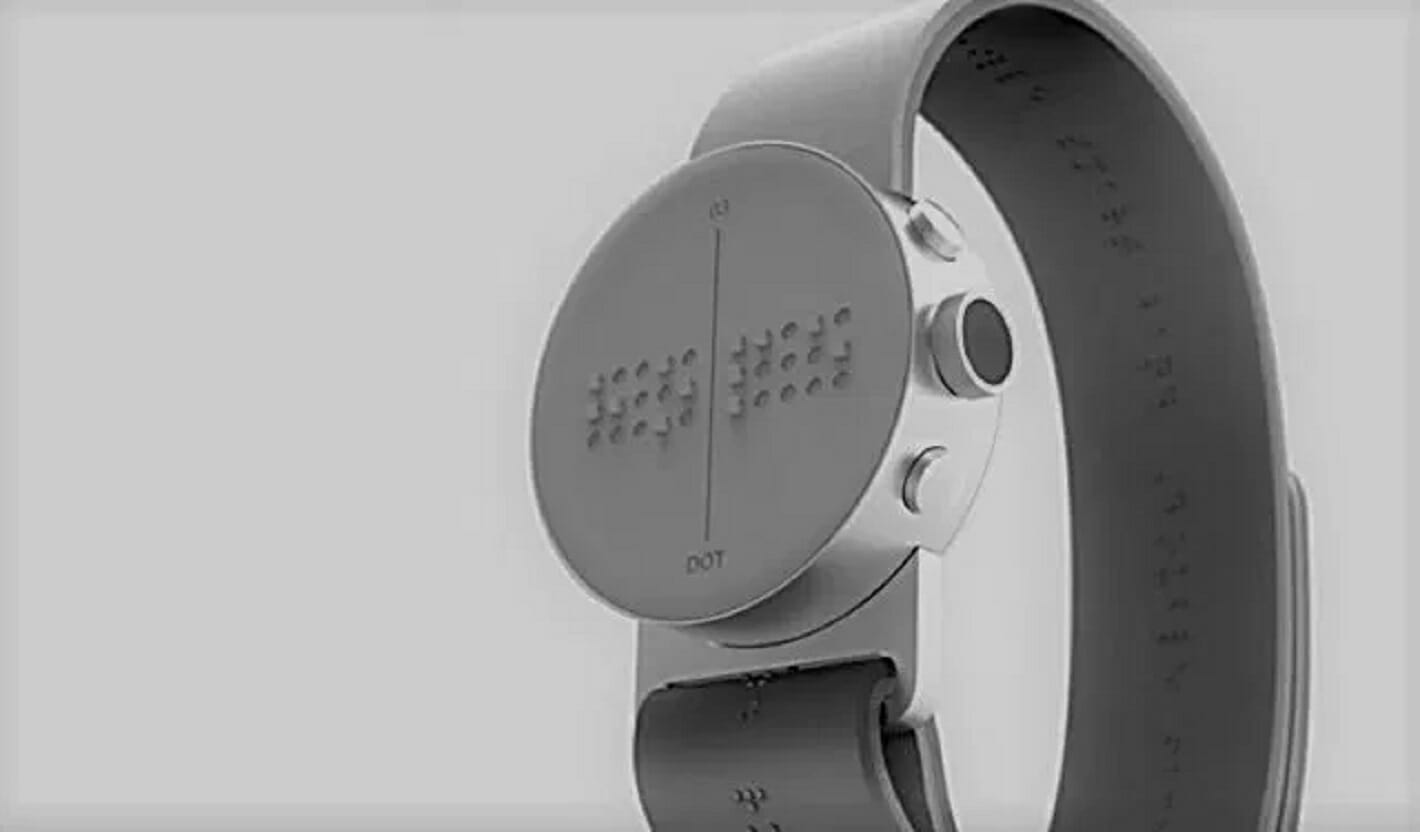Let’s say you’re stuck in a maze, but it isn’t any ordinary maze. You can’t see the walls, or the floor and all you have to do is navigate your way through the maze by using a device on your head that’s stimulating your brain which direction you should go to.
Researchers conducted an experiment at the University of Washington in Seattle, wherein participants solved a maze puzzle and was guided solely by transcranial magnetic simulation (TMS). The findings of the experiment show that these this type of brain prompt could be used to augment virtual reality experiences to help blind people gain “visual” information about their surroundings.

Source: Wikimedia
The research team was made up of Darby Losey and his colleagues. They developed a virtual maze in the style of a simple 2D video game wherein the people would be guiding an avatar. The people will not be able to actually see the maze, instead they will be seeing a blank screen. At regular intervals, a question box will pop up and ask them if they would like to move forward or make a turn.
How will they know if they’re going to continue or change direction? Every time their avatar gets too close to a wall, the subjects are given a dose of transcranial magnetic simulation (TMS) to the primary visual cortex at the back of their brain.
TMS produces small electric currents that is capable of inducing the perception of a flash of light called a phospene at certain intensities. There will be no light that actually enters the eye, but the brain is still capable of “seeing” it. Phosphenes can also occur if you put pressure on your eyeballs when you’re rubbing your eyes.
For the participants to finish the maze, all the participants have to do is carry on walking until they “see” a flash of light. Once they experience this, the participants know that they have reached a wall and have to turn to a new direction.

An Example of TMS treatment. Source: Nashville TMS
The participants were able to successfully complete an average of around 92 percent of the steps to get through different mazes. On the other hand, there was a control group that was provided with a fake TMS machine which gave them no stimulation and only 15 percent of the maze was finished. This shows therefore, that the use of TMS was helpful in guiding the participants and that they weren’t just guessing.
According to Losey, “A lot of research has been done trying to extract information from the brain,”
Transcranial Magnetic Simulation

University of Washington’s Darby Losey. Source: Scientific Computing
Blind people can also experience phosphenes just like sighted people. Therefore, this means that in the future, systems that are similar to TMS may help give blind people more information about their surroundings by providing “visual” clues by using brain stimulation.
According to Eric Thomson at Duke University in Durnham, North Carolina. “This is a very promising initial study.” Though the set-up is basic as of now, and the participants only had a simple binary choice to move forward or turn, “But it has the potential to be expanded to convey more information,” Thomson added.
Goals for the Future
The goal of Losey is eventually to augment virtual reality in such a way that can’t be achieved with solely a pair of goggles. “Traditionally virtual reality is done through goggles and headsets, but really it’s your brain that creates your reality. We want to go directly to the brain,” Losey says.
Losey wants to find ways to be able to use the concept of brain stimulation to communicate more complex experiences that just a flash of light. “The ultimate goal is to convey other forms of information. That could be something abstract, like the colour blue, or even an emotion.”
Article Source:
New Scientist














